Hematocrit Test Size
Hematocrit Test Market Growth Projections and Opportunities
The hematocrit test market is a segment within the broader healthcare industry that focuses on the measurement of the volume of red blood cells in blood. It is an essential diagnostic tool used in various medical settings to assess an individual's overall health and diagnose conditions such as anemia and dehydration.
Growing Demand for Diagnostic Tests : The market for hematocrit tests is experiencing steady growth due to the increasing demand for diagnostic tests worldwide. As healthcare awareness rises and access to healthcare services improves, more individuals are seeking regular check-ups, leading to a greater need for hematocrit tests.
Prevalence of Blood Disorders : The prevalence of blood disorders, such as anemia and polycythemia, drives the demand for hematocrit tests. These conditions affect millions of people globally and require regular monitoring through blood tests, including hematocrit measurements, to manage treatment and assess disease progression.
Technological Advancements : Advances in technology have led to the development of more accurate and efficient hematocrit testing methods. Automation and digitization in healthcare facilities have streamlined the testing process, reducing turnaround times and enhancing the reliability of results, thereby boosting market growth.
Rising Geriatric Population : The growing population of elderly individuals is contributing to the expansion of the hematocrit test market. As people age, they are more susceptible to various health conditions, including blood disorders, necessitating frequent hematocrit testing for diagnosis and monitoring.
Increasing Healthcare Expenditure : The rise in healthcare expenditure globally is another market driver for hematocrit tests. Governments and private organizations are investing significantly in healthcare infrastructure and diagnostic services, leading to greater accessibility and affordability of hematocrit tests for the general population.
Diagnostic Laboratories and Hospitals : Diagnostic laboratories and hospitals are the primary end-users of hematocrit tests, driving market growth. These healthcare facilities perform a large volume of tests daily to support patient care, disease diagnosis, and treatment planning, creating a consistent demand for hematocrit testing equipment and supplies.
Strategic Collaborations and Partnerships : Companies operating in the hematocrit test market are increasingly forming strategic collaborations and partnerships to expand their product portfolios and geographic presence. Collaborations with research institutions and healthcare providers facilitate innovation and market penetration, driving overall market growth.
Regulatory Framework and Quality Standards : Stringent regulatory requirements and quality standards govern the manufacturing and distribution of hematocrit testing products. Compliance with these regulations is crucial for market players to ensure the safety, efficacy, and reliability of their products, thereby shaping market dynamics.
Emerging Markets : Emerging markets present significant growth opportunities for hematocrit test manufacturers. Rapid urbanization, improving healthcare infrastructure, and increasing disposable incomes in countries across Asia, Latin America, and Africa are driving the adoption of diagnostic tests, including hematocrit tests, in these regions.
Patient Preferences and Awareness : Patient preferences for non-invasive and convenient diagnostic tests are influencing product innovation in the hematocrit test market. Manufacturers are developing portable and point-of-care hematocrit testing devices to cater to patient preferences for faster results and reduced discomfort associated with traditional blood draws.
Competitive Landscape : The hematocrit test market is characterized by intense competition among key players vying for market share. Companies are focusing on product differentiation, pricing strategies, and geographic expansion to gain a competitive edge in the market and sustain growth in the long term.
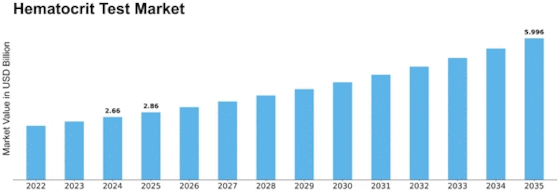

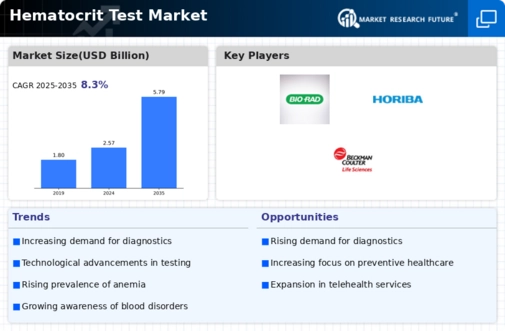
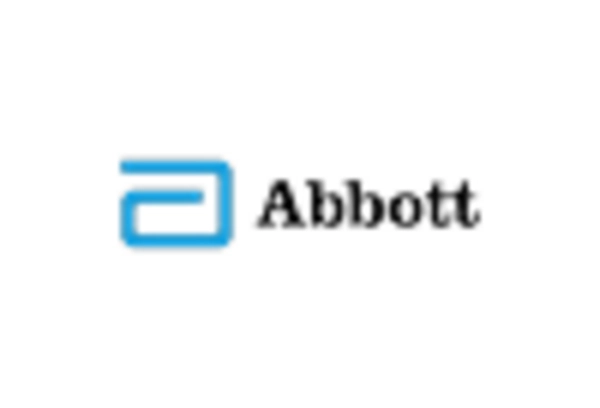
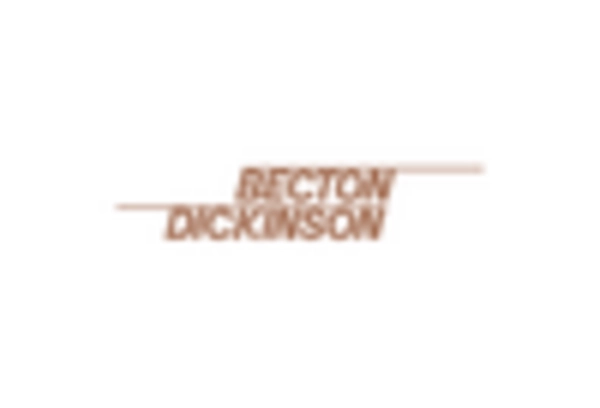
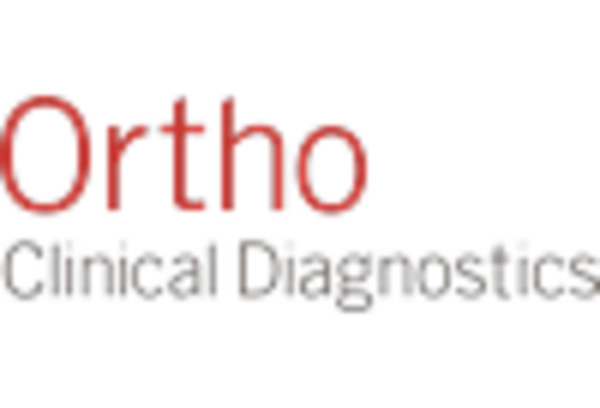
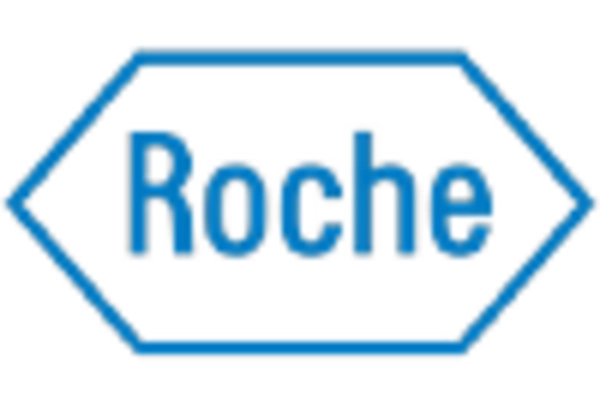

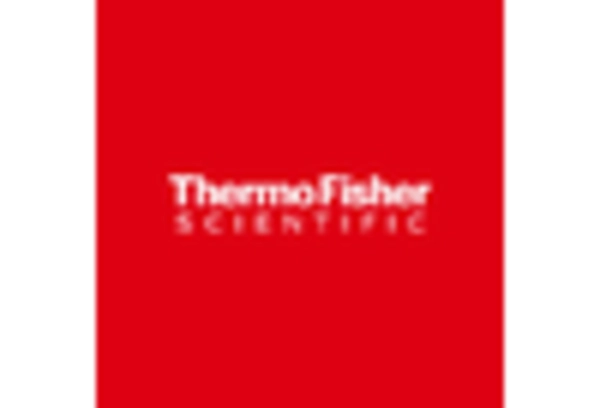









Leave a Comment